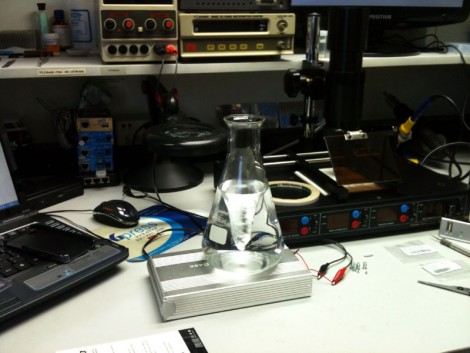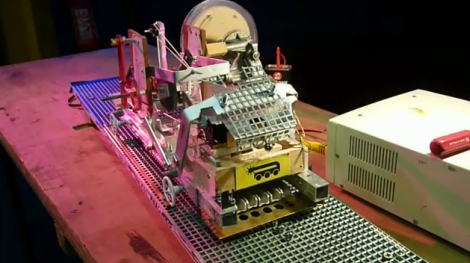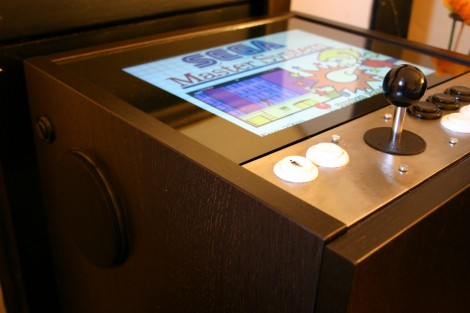
So you’ve swapped out your car’s motor or added new tranny. Perhaps you’ve rewired your ancient VW bus from 6v to 12v. Do you think that makes you a car expert? [Orismar de Souza] might beg to differ.
The homeless Brazilian native has spent the last four years of his life building a car from sheet metal and junked parts. He searched high and low across the region looking for parts, scoring a 125cc motorcycle motor, among other various components – mostly from old Fiats. He scraped together $270 while panhandling and simultaneously fighting off starvation over the span of four months in order to purchase enough sheet metal to skin the vehicle. Crafting the body panels by hand using a borrowed hammer and chisel, he nearly gave up, but was resolute in not letting his dream die.
The car features more amenities than you would imagine. It can hit 50 mph on the freeway and includes a real car ignition, which replaces the old motorcycle kickstarter. It was recently fitted with a new gearbox that allows him to go in reverse, and if you look at the picture above closely enough, you will also see that he even took the time to install a stereo.
We are totally blown away by [Orismar’s] “Shrimpmobile” – it definitely takes scavenging to a whole new level. Got any amazing stories of scrounging and hacking? Share them with us in the comments.
















